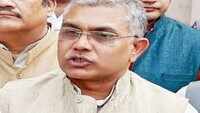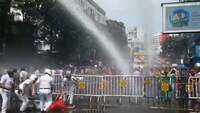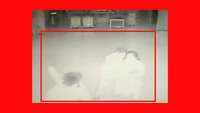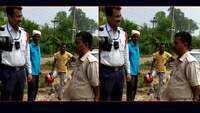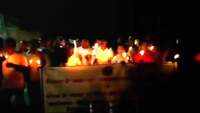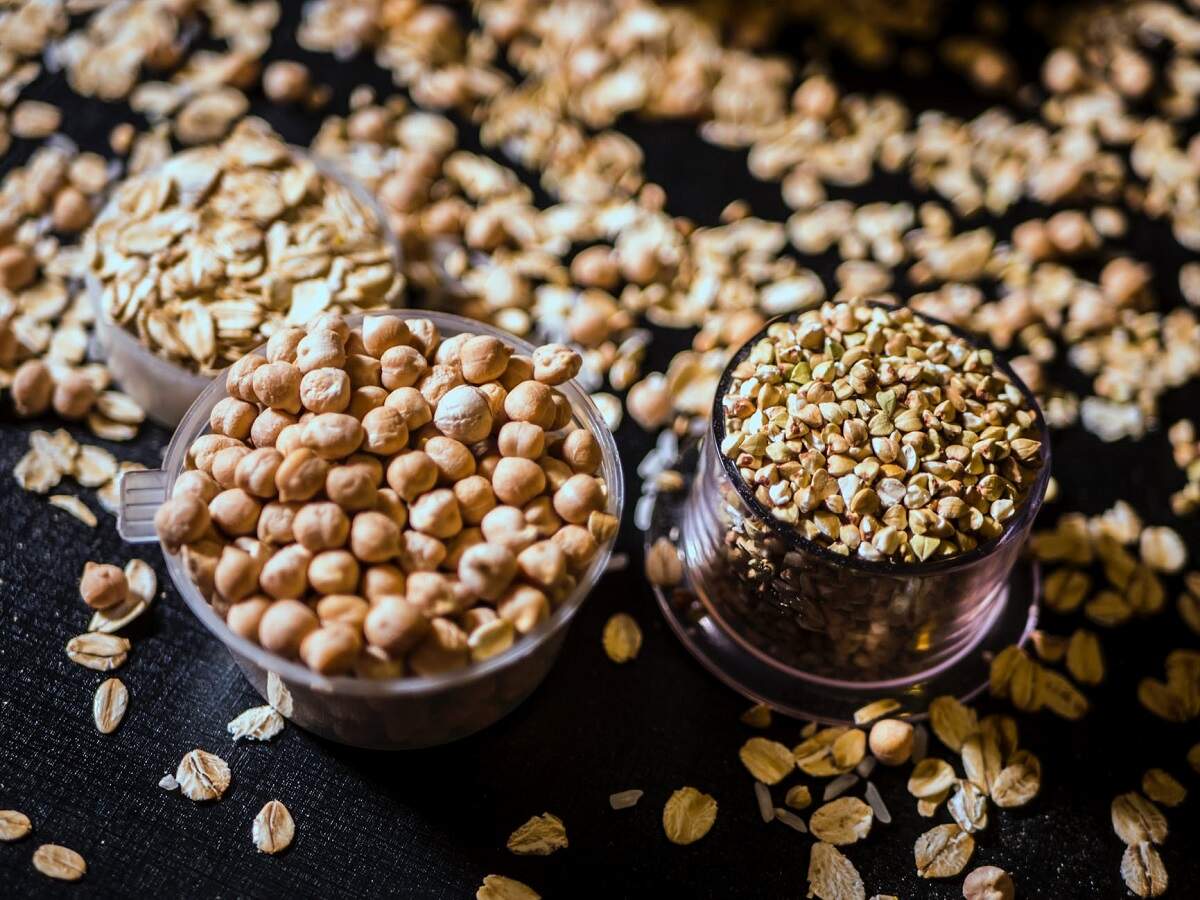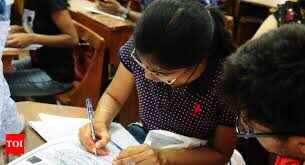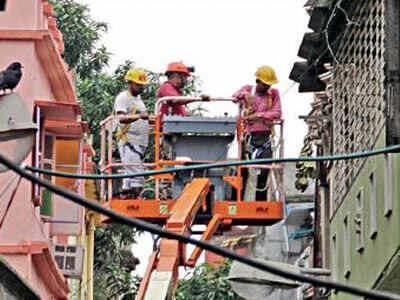
KOLKATA: Ever since TBM Chundee punctured an aquifer and triggered subsidence in Bowbazar on August 31, Thursday was perhaps the best day for KMRC when the agency got two good news to share — water seepage has stopped below the ground and the subsidence was negligible on the surface.
“Water seepage has stopped at last, 13 days after Chundee hit an aquifer. Ever since the water inflow was arrested since late last evening, there were signs of stability on the surface,” a senior KMRC official told TOI. KMRC engineers will monitor the situation for another 12 hours before concluding that water inflow has stopped for good and subsidence at the affected zone has been arrested. If things remain stable, bigger machines like man-lifters, excavators and payloaders will be mobilized at the affected zone to speed up demolition. So far, workers are dismantling the structures manually.
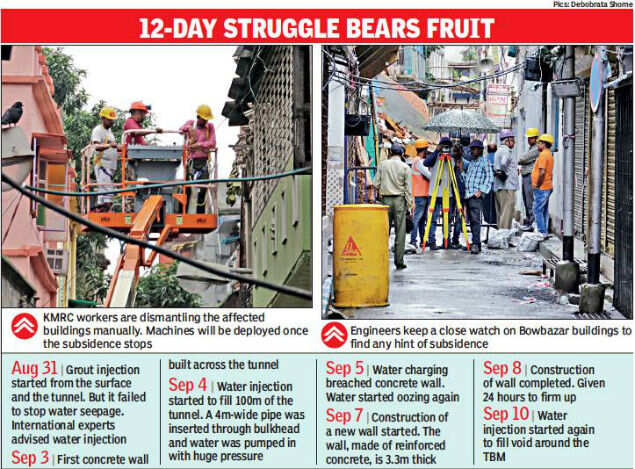
Since the TBM hit an aquifer, the agency has been desperately trying to arrest the flow of water but all efforts to do so with mass grouting or pumping concrete into the soil both from within the tunnel and the ground above did not yield results. That’s when the engineers came up with the idea of charging water with high pressure into the tunnel, after having blocked the length occupied by the TBM with a wall. The TBM is 75m long and a concrete wall was built at 100m from the mouth of the tunnel.
The method was adopted as per the advice of international experts who were flown in by KMRC. Workers of ITD ITD-Cementation, the contractor engaged by KMRC to build the twin tunnels between Esplanade and Sealdah, were asked to build a concrete wall, which is called a bulkhead in engineering terms, across the tunnel to stop the flow of water into the tunnel. After the concrete strengthened, water was charged through a pipe with high pressure. The idea was to fill up void around the tunnel along the 100m space where the concrete wall was built. But the first bulkhead couldn’t sustain pressure from the water injected and the concrete breached. Another wall was built, this time 22m away from the first bulkhead. It was allowed to firm up and water injection started all over again on Tuesday and continued till Wednesday evening.
“This was seen as the final solution to stop the water flow. The problem is that the tunnel is below the water table and water is continuously seeping in,” said British-born tunnelling expert John Endicott, who is leading the team of international experts.
The pressure with which the water has been injected will be maintained till the time the ground around Durga Pithuri Lane, Shyakra Para Lane and Gour Dey Lane has been stabilized with mass grouting. And that might take weeks, even months.
“Water seepage has stopped at last, 13 days after Chundee hit an aquifer. Ever since the water inflow was arrested since late last evening, there were signs of stability on the surface,” a senior KMRC official told TOI. KMRC engineers will monitor the situation for another 12 hours before concluding that water inflow has stopped for good and subsidence at the affected zone has been arrested. If things remain stable, bigger machines like man-lifters, excavators and payloaders will be mobilized at the affected zone to speed up demolition. So far, workers are dismantling the structures manually.

Since the TBM hit an aquifer, the agency has been desperately trying to arrest the flow of water but all efforts to do so with mass grouting or pumping concrete into the soil both from within the tunnel and the ground above did not yield results. That’s when the engineers came up with the idea of charging water with high pressure into the tunnel, after having blocked the length occupied by the TBM with a wall. The TBM is 75m long and a concrete wall was built at 100m from the mouth of the tunnel.
The method was adopted as per the advice of international experts who were flown in by KMRC. Workers of ITD ITD-Cementation, the contractor engaged by KMRC to build the twin tunnels between Esplanade and Sealdah, were asked to build a concrete wall, which is called a bulkhead in engineering terms, across the tunnel to stop the flow of water into the tunnel. After the concrete strengthened, water was charged through a pipe with high pressure. The idea was to fill up void around the tunnel along the 100m space where the concrete wall was built. But the first bulkhead couldn’t sustain pressure from the water injected and the concrete breached. Another wall was built, this time 22m away from the first bulkhead. It was allowed to firm up and water injection started all over again on Tuesday and continued till Wednesday evening.
“This was seen as the final solution to stop the water flow. The problem is that the tunnel is below the water table and water is continuously seeping in,” said British-born tunnelling expert John Endicott, who is leading the team of international experts.
The pressure with which the water has been injected will be maintained till the time the ground around Durga Pithuri Lane, Shyakra Para Lane and Gour Dey Lane has been stabilized with mass grouting. And that might take weeks, even months.
Quick Links
Lok Sabha Election Schedule 2019Lok Sabha Election NewsDelhi Capitals teamMI team 2019Rajasthan Royals 2019RCB team 2019Maharashtra Lok Sabha ConstituenciesBJP Candidate ListBJP List 2019 TamilnaduShiv Sena List 2019AP BJP List 2019Mamata BanerjeeBJP List 2019 MaharashtraPriyanka GandhiBJP List 2019 KarnatakaAMMK Candidate List 2019BJP List 2019 WBLok Sabha Elections in Tamil NaduBSP List 2019 UPNews in TamilLok Sabha Poll 2019Satta Matka 2018PM ModiMahagathbandhanNagpur BJP Candidate ListChandrababu NaiduTamil Nadu ElectionsUrmila MatondkarNews in TeluguMadras High CourtTejashwi YadavArvind KejriwalTejasvi SuryaPawan KalyanArvind KejriwalYogi AdityanathJaya PradaSatta King 2019Srinagar encounter
Get the app
